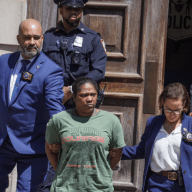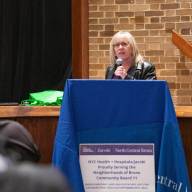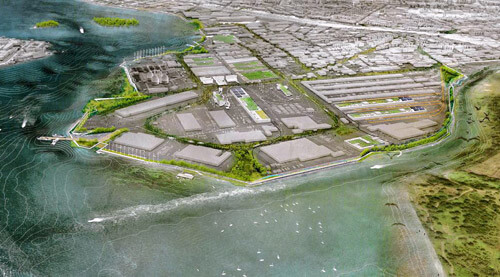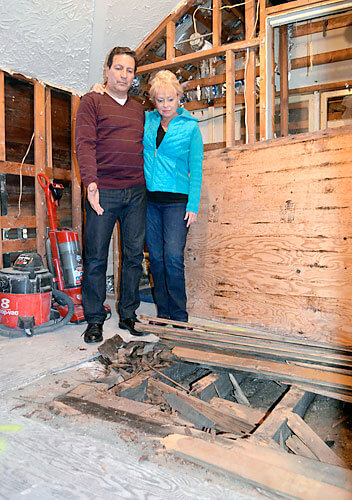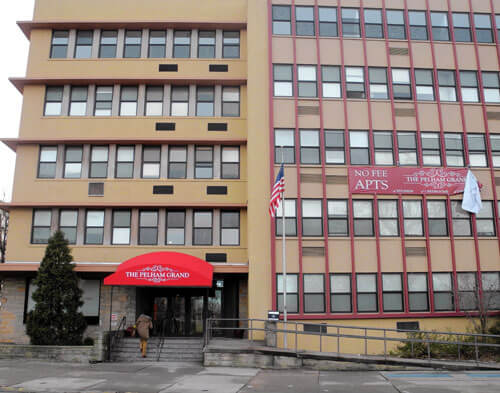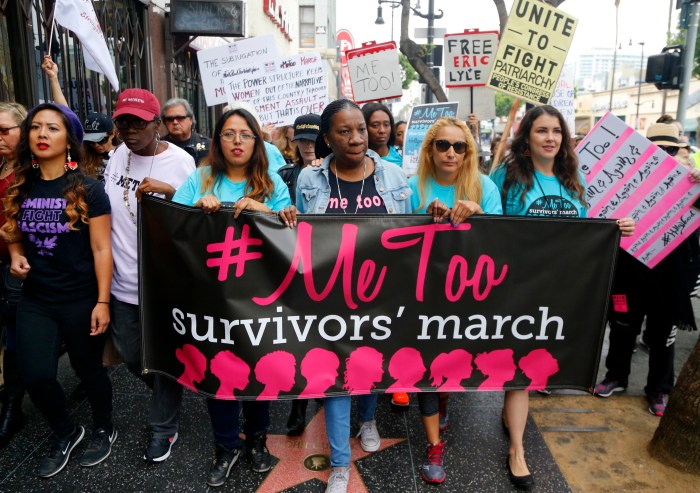Three weeks after Hurricane Sandy ravaged the borough and rest of the tri-state area, the disaster she left behind is far from over.
As residents in coastal communities like Edgewater Park assess the damage and look to rebuild their homes, they and others who lost jobs and businesses are turning to government for financial help.
Since the superstorm struck Oct. 29th, the Federal Emergency Management Agency (FEMA) has approved more than $500 million to help individuals and families recover from the disaster, including close to $1 million for the Bronx – with more applications for financial help expected to flood in.
Those in need can apply for help at FEMA’s online application site at www.disasterassistance.gov, or on their smart phone at m.fema.gov.
FEMA has also set up a Bronx Disaster Recovery Center in the Rotuna at the Bronx County Building on the Grand Concourse at 161st Street.
Meanwhile, local City Councilman Jimmy Vacca said the city has also set up a Restoriation Center in Throgs Neck at St. Frances de Chantal church at 190 Hollywood Avenue.
The city center is open daily from 8 a.m. to 8 p.m. and can provide help with things including the Rapid Repairs – a new program that sends contractors and city inspectors to communities most affected by Superstorm Sandy – as well as food assistance, temporary housing information, health and medical benefits, business restoriation, conseling services, financal assistance and personal records and information.
Elected officials and community leaders are also doing their part to help ensure that hard-hit residents get the help they need.
Senator Jeff Klein arranged for the state Department of Financial Services (DFS) to provide a mobile command center on Thursday, Nov. 15 at the Edgewater Volunteer Fire Department in one of the hardest hit areas of the Bronx.
Homeowners, renters, and business owners were able to receive insurance-related assistance from DFS employees and Klein staffers.
Klein said his office has received a number of calls with questions regarding insurance claims.
“I can imagine now that people have cleaned out their basements, and they got rid of the water and they have their lights back on they are thinking about their insurance claims,” said Klein, who represents a number of waterfront communities.
Klein predicted potentially tough going for the insurance claim process.
“People are going to be battling with insurance companies and insurance companies are going to be rejecting claims, insurance companies are going to make up their own rules and the homeowner is going to be the one who has problems,” he said. “They are going to have to navigate through all types of insurance bureaucracies.”
John Marano, chair of Community Board 10, said the board is encouraging people with insurance claims to get help, to help them understand what they are entitled to.
“We’re hearing a lot from people that they have flood insurance, but then if they have water in their basement, the insurance company will say if the water comes into your home around the shoreline its a natural disaster and they aren’t going to cover it. Why should people have to go through this?”
Assemblyman Michael Benedetto said he’s had to deal with Catch-22 situations for some of his constituents.
In one case in which a tree fell on a house, “the wife was without electricity and her husband on oxygen. They had to go into a nursing home, which now wants to get rid of them, but they can’t go back because there is no electricity. The problem here is the insurance adjuster hasn’t made it to the house yet and until he does Con Ed can’t go and do the work necessary. Nobody can cut the tree down and so on and so forth.”
“When the storm first hit most of the calls came in about down trees and down wires and loss of power,” said Kenneth Kearns, Board 10’s district manager. “What we were able to do was, work with ConEd on every one of them and got complaint numbers for everyone that called us and called it into ConEd’s government affairs office and through their assistance, got help.
“For instance, this place had its sewage pump station down because it had no power. They reported it to us, we reported it to ConEd and they got that back in service, which is very important to have your sewage pump system working. So that is the sort of thing we’ve been doing.
On Tuesday, Nov. 19, state Labor Commissioner Peter Rivera came to the state’s temporary disaster center at 1200 Waters Place in the Hutchinson Metro Center to view the operation.
“As I travel around the areas impacted by Hurricane Sandy, I see the devastation New Yorkers are facing first-hand,” said the former Bronx state assemblyman. “I want to let them know that there are disaster unemployment benefits available now for anyone who lost their job due to this horrible storm.”
Anyone who is in the storm-affected counties and has lost work (for a week or permanently) or was just unable to get to work due to Sandy is eligible for disaster unemployment benefits, and should call the Telephone Claims Center at (888) 209-8124.
Because a lost of essential documents have been lost because of the storm, many requirements are being waived. Applicants must just show that they’ve been negatively impacted by the storm and have lost wages as a result.
Kirsten Sanchez can be reach via e-mail at ksanchez@cnglocal.com or by phone at (718) 742-3394








